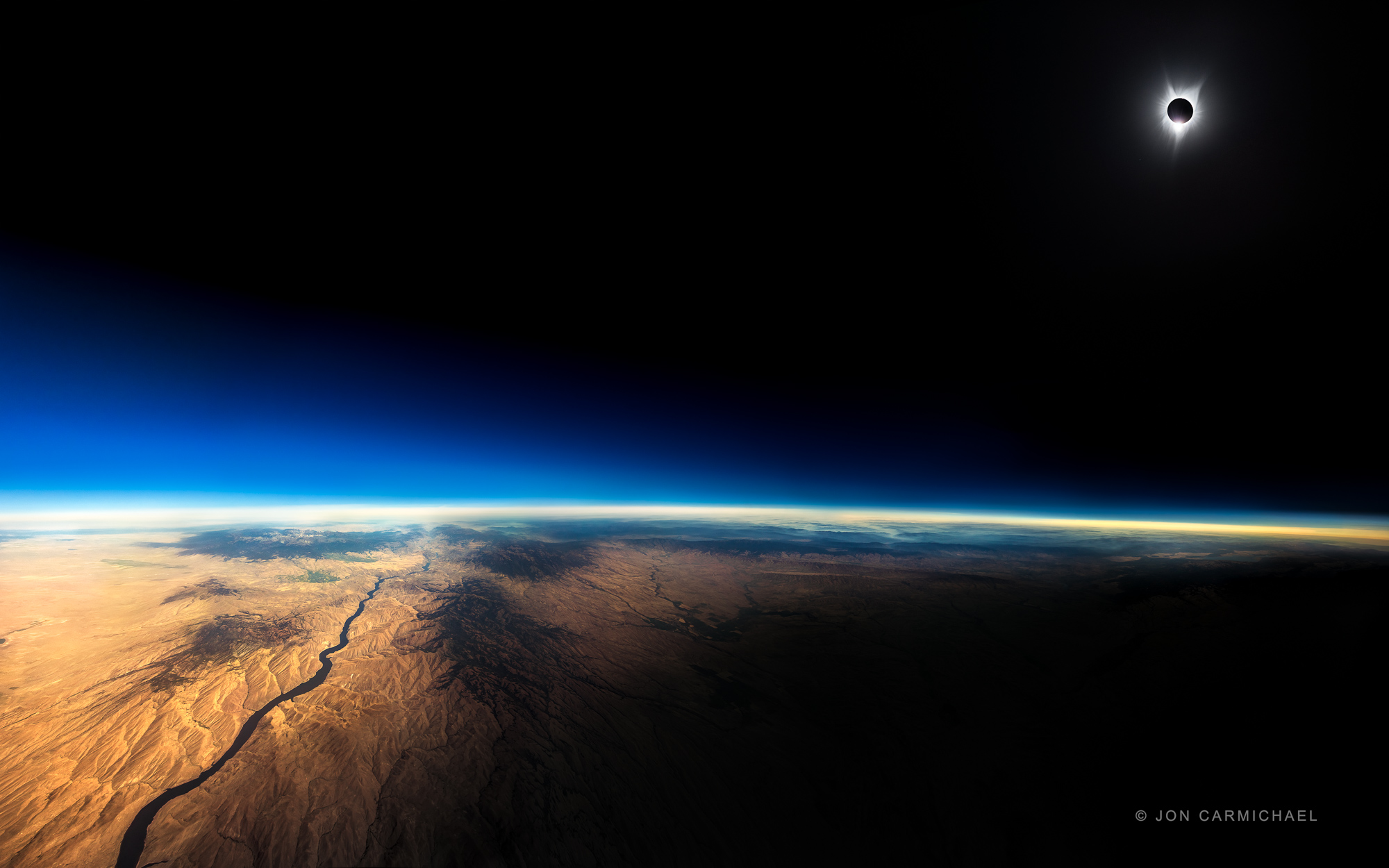On April 8, 2024, a total eclipse will be visible from the U.S. for the last time until 2045.
Want to experience this April's total solar eclipse from the sky? You might be able to do, at 30,000 feet -- through an airplane window, of course.
On Apr. 8, Delta Airlines and Southwest Airlines are offering a chance to see this year's total solar eclipse from the sky.
Stream Philadelphia News for free, 24/7, wherever you are with NBC10.
Delta Airlines will fly a special "Path-of-Totality" flight, "specifically for umbraphiles to be able to spend as much time as possible directly within the path of totality," a press release from the airlines said.
“The April 8 eclipse is the last total eclipse we’ll see over North America until 2044,” Warren Weston, Delta Air Lines lead meteorologist said in the release. “This eclipse will last more than twice as long as the one that occurred in 2017, and the path is nearly twice as wide.”
Get top local Philly stories delivered to you every morning with NBC Philadelphia's News Headlines newsletter.
Delta flight 1218, from Austin to Detroit, will be specifically operated on an A220-300 — a plane set to offer "especially premium viewing due to the aircraft’s extra-large windows," the release continued.
The flight, departing from Austin, Texas, at 12:15 p.m. CT and landing in Detroit, Michigan, at 4:20 p.m. ET, is timed to give passengers the "best chance of safely viewing the solar eclipse at its peak."
Likewise, Southwest Airlines selected flights that are most likely to be in direct or partial paths of the major event but due to flight conditions on the day of the event, flight paths may vary.
Delta total eclipse flights
According to Delta.com, all seats in every cabin class appeared to be sold out of Monday afternoon. However, five other Delta flights that day that will offer what the airline is calling "prime eclipse-viewing opportunities."
Here's where those ones will be flying and when:
- DL 5699, DTW-HPN, 2:59 pm EST departure, ERJ-175
- DL 924, LAX-DFW, 8:40 am PST departure, A320
- DL 2869, LAX-SAT, 9:00 am PST departure, A319
- DL 1001, SLC-SAT, 10:08 am MST departure, A220-300
- DL 1683, SLC-AUS, 9:55 am MST departure, A320
On those flights, Delta said, passengers will need protective viewing glasses.
According to Delta, flights are subject to "change due to factors outside of Delta’s control," such as weather and air traffic control.
Southwest Airlines flights most likely to have the best view of the eclipse
Southwest is also celebrating the total solar eclipse with flights in the direct and partial paths of the celestial event. The following scheduled flights listed below have the greatest likelihood of offering Southwest customers the best view of this moment:
- Southwest Flight #1252: departs Dallas (Love Field) at 12:45 p.m. CDT for Pittsburgh
- Southwest Flight #1721: departs Austin at 12:50 p.m. CDT for Indianapolis
- Southwest Flight #1910: departs St. Louis at 1:20 p.m. CDT for Houston (Hobby)
These Southwest flights may also cross the path of totality:
- Southwest Flight #955 departs Dallas (Love Field) at 12:50 p.m. CDT for Chicago (Midway)
- Southwest Flight #506: departs Milwaukee at 1:05 p.m. CDT for Dallas (Love Field)
- Southwest Flight #1734: departs Houston (Hobby) at 1:35 p.m. CDT for Indianapolis
- Southwest Flight #1682: departs Chicago (Midway) at 1:30 p.m. CDT for Austin
- Southwest flight #3108: departs Nashville at 1:40 p.m. CDT for Dallas (Love Field)
What happens during the total eclipse?
The moon will line up perfectly between the Earth and the sun, blotting out the sunlight. It will take just a couple hours for the moon’s shadow to slice a diagonal line from the southwest to the northeast across North America, briefly plunging communities along the track into darkness.
When does the total eclipse begin?
The eclipse will begin in the U.S. at about 12:30 p.m. CT on Apr. 8 when it moves into Southwest Texas.
Beginning at 1:41 p.m. CT, the Dallas-Fort Worth area will be in the path of totality — the part of the eclipse where the moon completely obscures the sun, resulting in complete darkness — for two and a half minutes
"It's going to move slowly to begin with, and the shadow will pick up some forward speed," Jeanes said.
Where is the "path of totality?"
The eclipse's path of totality will start in Southwest Texas and move through Oklahoma, crisscrossing the Midwest, Mid-Atlantic and New England, before exiting over eastern Canada into the Atlantic.
Fifteen U.S. states will get a piece of the action, albeit two of them — Tennessee and Michigan — just barely. Among the cities smack dab in the action: Dallas; Little Rock, Arkansas; Indianapolis, Cleveland, Ohio; Buffalo, New York; and Montreal — making for the continent’s biggest eclipse crowd. About 32 million people in the U.S. live inside the 115-mile-wide path of totality.
Don’t fret if you don’t have front-row seats. Practically everyone on the continent can catch at least a partial eclipse. The farther from the path of totality, the smaller the moon’s bite will be out of the sun. In Seattle and Portland, Oregon, about as far away as you can get in the continental U.S., one-third of the sun will be swallowed.
Will I need special glasses?
Yes.
Sunglasses won’t cut it. Special eclipse glasses are crucial for safely observing the sun as the moon marches across the late morning and afternoon sky, covering more and more and then less and less of our star.
During totality when the sun is completely shrouded, it’s fine to remove your glasses and look with your naked eyes. But before and after, certified eclipse glasses are essential to avoid eye damage. Just make sure they’re not scratched or torn.
Cameras, binoculars and telescopes must be outfitted with special solar filters for safe viewing. Bottom line: Never look at an exposed sun without proper protection any day of the year.

When is the next time a total solar eclipse will occur?
Full solar eclipses occur every year or two or three, often in the middle of nowhere like the South Pacific or Antarctic. The next total solar eclipse, in 2026, will grace the northern fringes of Greenland, Iceland and Spain.
North America won’t experience totality again until 2033, with Alaska getting sole dibs. Then that’s it until 2044, when totality will be confined to Western Canada, Montana and North Dakota.
There won’t be another U.S. eclipse, spanning coast to coast, until 2045. That one will stretch from Northern California all the way to Cape Canaveral, Florida.
Aside from Carbondale, Illinois, in the crosshairs of both the 2017 and 2024 eclipses, it usually takes 400 years to 1,000 years before totality returns to the same spot, according to NASA’s Korreck.



